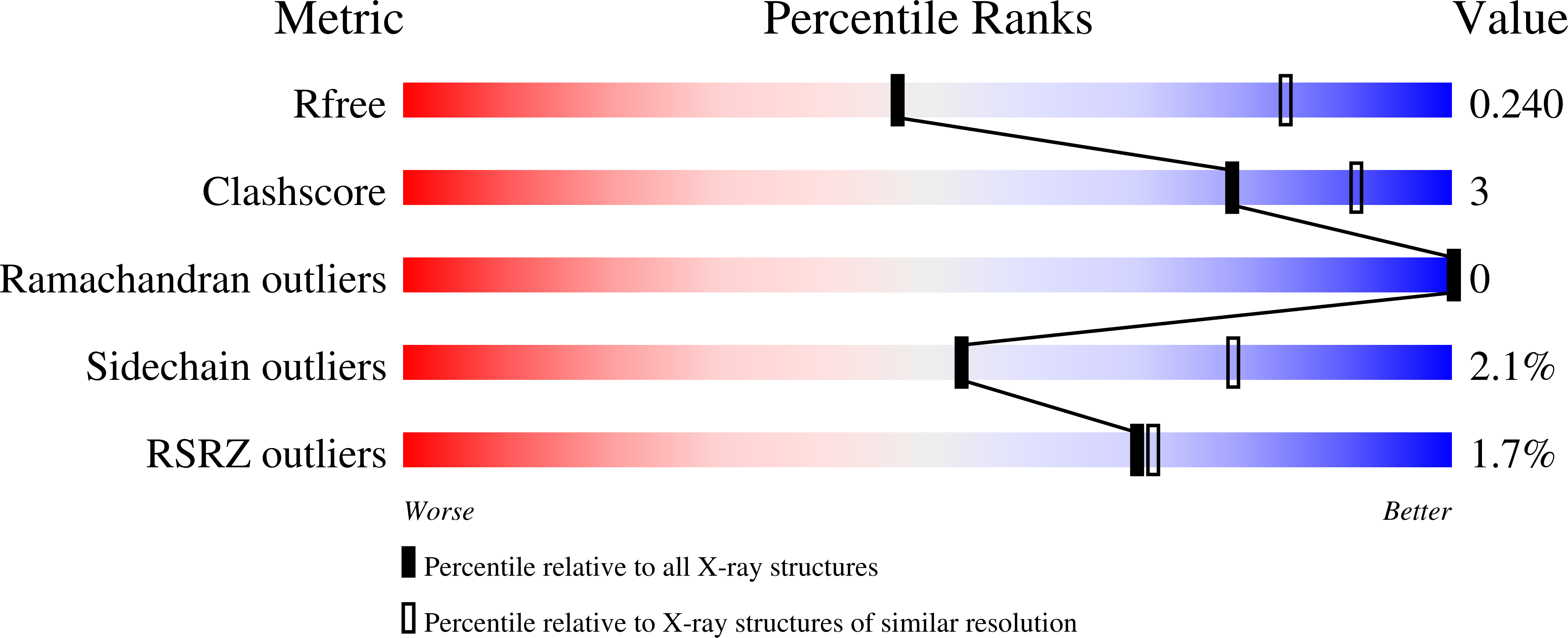
Deposition Date
2023-01-25
Release Date
2024-04-10
Last Version Date
2024-11-13
Entry Detail
PDB ID:
8FY0
Keywords:
Title:
E3:PROTAC:target ternary complex structure (VCB/753b/BCL-xL)
Biological Source:
Source Organism:
Homo sapiens (Taxon ID: 9606)
Host Organism:
Method Details:
Experimental Method:
Resolution:
2.94 Å
R-Value Free:
0.24
R-Value Work:
0.19
R-Value Observed:
0.19
Space Group:
P 21 21 21


